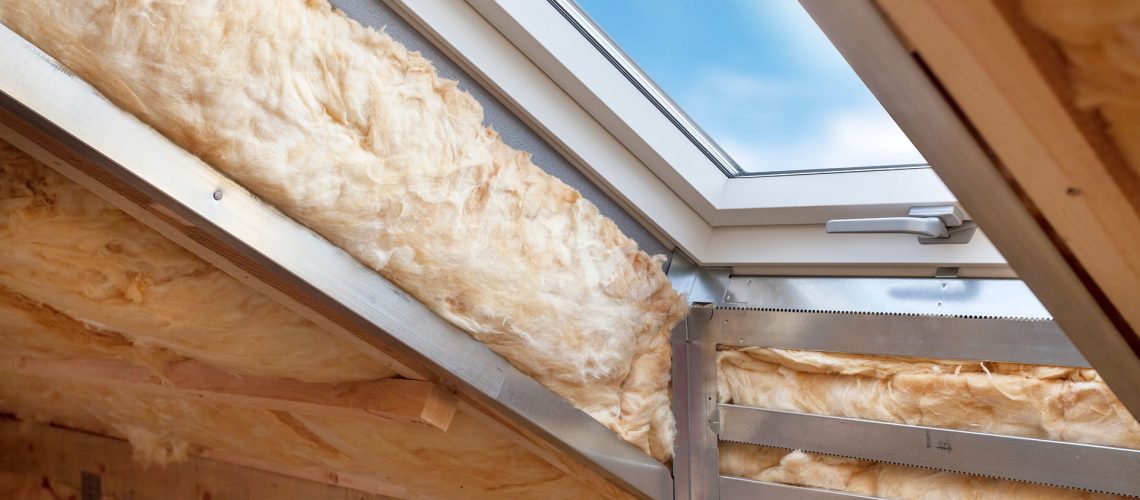Climate control for heating and cooling accounts for more than half of the total energy use for homes across the United States. Although we all want to reduce our energy consumption, we need reliable heating solutions to get us through the colder months of the year.
Many of us use fossil fuels in some way to heat the space and water in our homes, this is why environmentally friendly heating options are vital to help transform the way we heat our homes.
Below we have listed 5 low carbon heating options to help keep your home warm and cozy:
1. Thermal Insulation
Insulation is your home’s first line of defense against the cold. Although having proper insulation may seem like an insignificant part of your home’s heating system, it plays a big role in how efficient any system you have is in real life. Thermal insulation is essential in order to maintain the temperature within your home.
Due to hot air rising, when heating your home, you should make sure your ceiling and roof are well insulated to prevent any heat from escaping. Blown-in insulation is an airtight and energy-efficient way to insulate your home. The material is flexible and small to cover every little space or crack for the most effective thermal insulation possible.
2. Air and Ground Source Heat Pumps
Heat pumps are a low-carbon method of heating and cooling your home by transferring heat to or from the outside of your home. Air source heat pumps are some of the most affordable to install and take up the least amount of space. You can get an air-to-air heat pump that can heat up your space or an air-to-water heat pump that can heat your space and water system.
Ground source heat pumps are an energy-efficient way to heat your home that relies on the temperature of your soil. This is particularly eco-friendly as your soil remains relatively constant throughout the year. Although this system is more expensive, it is also considered one of the most efficient for your home.
3. Electric and Biomass Boilers
As effective as your traditional gas or oil water boiler may be, it can produce quite a bit of carbon along the way. A more environmentally friendly option is to replace your old boiler with a modern biomass boiler. This sustainable boiler is powered by burning natural, non-fossil fuels like wood pellets to heat water for your home.
Although the biomass boiler is great for heating up large amounts of water, it is not as energy efficient as an electric water boiler. Another advantage to the electric water boiler is that it is far less noisy than the others. Electric boilers are more expensive to run, but also offer you a more energy-efficient way to continuously heat water whenever you may need it.
4. Solar Water Heating
Solar thermal panels can be used to harness the energy of the sun to heat water for your home. Installing a solar water heating system on your roof can help reduce your energy bills while also giving you a low-carbon alternative to gas, oil, and electric boilers. Although solar thermal heating systems are not able to provide all the heating your home may need, it is a great and efficient way to reduce the carbon footprint of your water heating system.
Implementing solar solutions for your home also comes with tax incentives to help you with the initial costs. Solar water heating systems can also save you money by reducing your monthly electricity and utility bills as well.
5. Using Solar Energy to Heat Your Home
Although many of the more energy-efficient heating options include a switch from fossil fuels to electric systems, using electricity that is produced from renewable sources can make for an even more effective solution. Installing solar panels along with storage devices can help reduce your carbon footprint without having to replace any electrical systems you have already installed.
One of the biggest advantages of using solar is that it can save you money. Switching to solar power in your home can help reduce your monthly electric and utility bills while tax credits and government incentive programs can help you reduce the total cost of making the switch.
For the most energy-efficient and cost-effective low carbon solution, look no further than solar for all your home’s heating needs.


